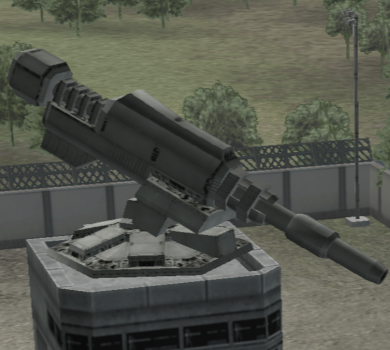

He quickly deputized Alfred Jodl, chief of the operations staff of the Armed Forces High Command, to negotiate the surrender of all German forces with General Dwight D. Dönitz was doomed not to rule a new Germany, but rather to orchestrate its dissolution. Hitler had designated Karl Dönitz, a naval admiral and ardent Nazi, as his successor in the event of his death. But it was still unclear how the military or political surrender signing would be orchestrated by the time Adolf Hitler died by suicide in a Berlin bunker on April 30, 1945, and his dictatorship reached a bloody end. Due to warring ideologies, tussles between the Soviet Union and its allies, and the legacy of the First World War, Germany actually surrendered twice.Īs an Allied victory looked more and more certain in 19, the United States, U.S.S.R., France, and the United Kingdom bounced around ideas on the terms of a German surrender. Or did it happen on May 9 in Berlin instead?īoth are true. By the end of June, the Allies had seized the vital port of Cherbourg, landed approximately 850,000 men and 150,000 vehicles in Normandy, and were poised to continue their march across France.On May 7, 1945, Germany unconditionally surrendered to the Allies in Reims, France, ending World War II and the Third Reich. In the ensuing weeks, the Allies fought their way across the Normandy countryside in the face of determined German resistance, as well as a dense landscape of marshes and hedgerows. Moreover, the Germans were hampered by effective Allied air support, which took out many key bridges and forced the Germans to take long detours, as well as efficient Allied naval support, which helped protect advancing Allied troops. He also hesitated in calling for armored divisions to help in the defense. Reinforcements had to be called from further afield, causing delays. At first, Hitler, believing the invasion was a feint designed to distract the Germans from a coming attack north of the Seine River, refused to release nearby divisions to join the counterattack. Less than a week later, on June 11, the beaches were fully secured and over 326,000 troops, more than 50,000 vehicles and some 100,000 tons of equipment had landed at Normandy.įor their part, the Germans suffered from confusion in the ranks and the absence of celebrated commander Rommel, who was away on leave. Hitler charged Rommel with finishing the Atlantic Wall, a 2,400-mile fortification of bunkers, landmines and beach and water obstacles. In November 1943, Adolf Hitler (1889-1945), who was aware of the threat of an invasion along France’s northern coast, put Erwin Rommel (1891-1944) in charge of spearheading defense operations in the region, even though the Germans did not know exactly where the Allies would strike. The following year, Allied plans for a cross-Channel invasion began to ramp up. The Americans entered the war in December 1941, and by 1942 they and the British (who had been evacuated from the beaches of Dunkirk in May 1940 after being cut off by the Germans in the Battle of France) were considering the possibility of a major Allied invasion across the English Channel. READ MORE: D-Day Facts About the Epic Invasion Preparing for D-DayĪfter World War II began, Germany invaded and occupied northwestern France beginning in May 1940. The Normandy landings have been called the beginning of the end of war in Europe. By late August 1944, all of northern France had been liberated, and by the following spring the Allies had defeated the Germans.

Prior to D-Day, the Allies conducted a large-scale deception campaign designed to mislead the Germans about the intended invasion target. The invasion was one of the largest amphibious military assaults in history and required extensive planning. Codenamed Operation Overlord, the battle began on June 6, 1944, also known as D-Day, when some 156,000 American, British and Canadian forces landed on five beaches along a 50-mile stretch of the heavily fortified coast of France’s Normandy region. During World War II (1939-1945), the Battle of Normandy, which lasted from June 1944 to August 1944, resulted in the Allied liberation of Western Europe from Nazi Germany’s control.


 0 kommentar(er)
0 kommentar(er)
